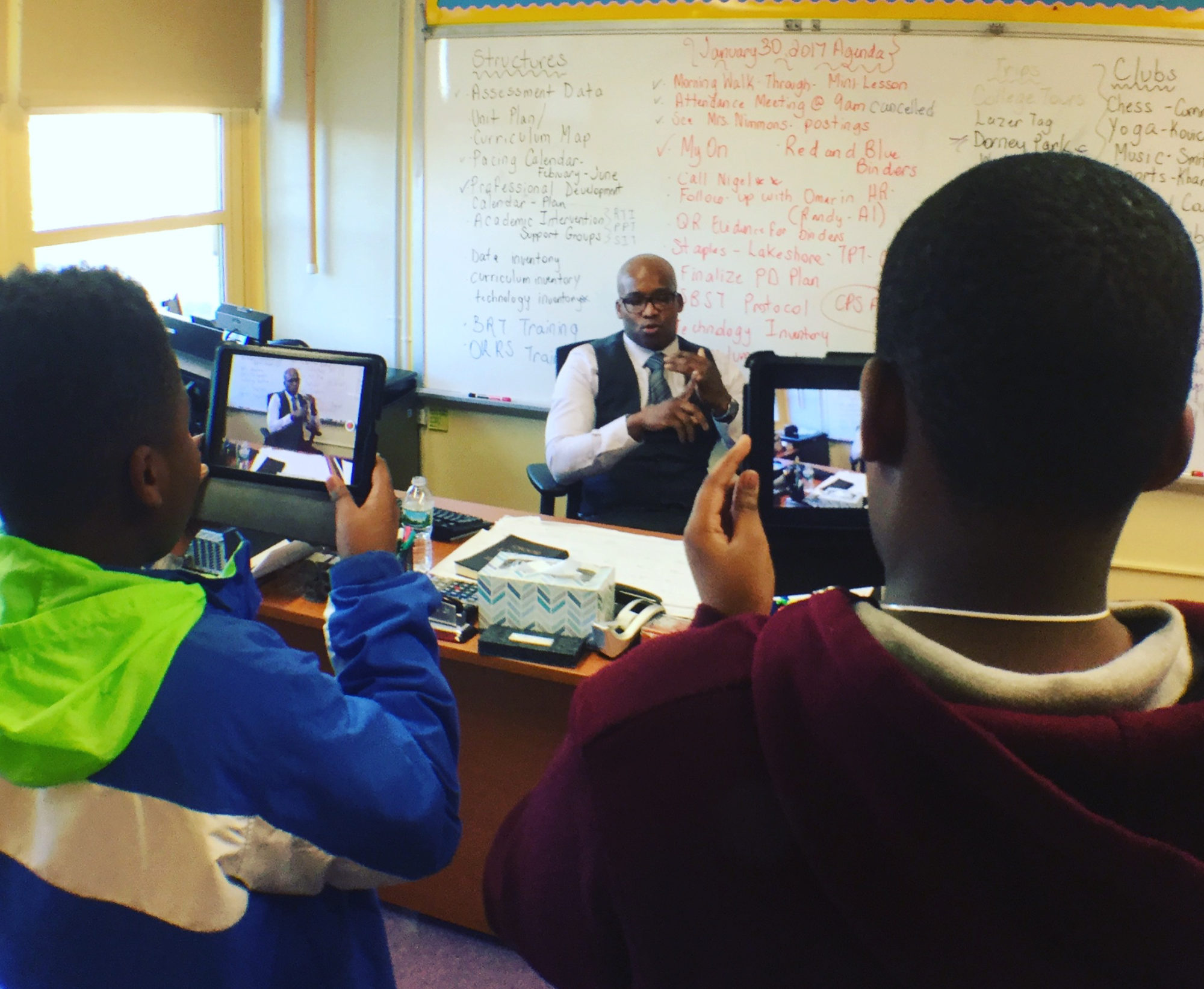We were traveling in Iran, 2014. We were in the designated world heritage’s Naqsh-e Jahan Square in Esfahan. I met a group of young travelers. As you can see from this short video, it was a robust and ebullient group. Suddenly a woman shrouded in black, with her four male colleagues, tapped on one of the woman’s shoulder instructing her to correct her headscarf. She had too much hair exposed. In less than three seconds the woman shut down from an urbane cosmopolitan to a mix of shame, frustration, rage, resignation and protective humor.
Gasht-e Ershad or Basij, a voluntary group under the Islamic Revolutionary Guards Corp or Morality Police, are a state-sponsored terror group, and have been harassing millions of Iranians for decades. Men sometimes get pulled in for a too-western cut, but it is the woman who are universally subjected to the daily harassment by the authorities. Whether it’s the fetishization of their hair, their body, walking with a strange man, the fury, frustration and trauma for contemporary Iranian women runs deep.
Millions of women across Iran, and other repressive regimes, are subject to this humiliation because of corrupt and outdated dictatorships. The harassment of millions of innocent women, that resulted in the tragic murder of the 22-year-old Iranian-Kurdish woman, Masha Amini, by the hands of the Gasht-e Ershad, or Morality Police, is a blight on humanity.
In an illuminating, “must-listen-to” Foreign Affairs podcast with Daniel Kurtz-Phelan, senior fellow at the Carnegie Endowment for International Peace, Karim Sadjadpour, gives us context for the current state of affairs in Iran. After the 1979 Iranian revolution, the country’s supreme leader, Ayatollah Ruhollah Khomeini, decreed three pillars: Hatred of the US and Israel and women’s sexuality. If women are not properly covered, men would never be able to control themselves and society would spiral into chaos. The hijab became mandatory.

Ayatollah Seyyed Ali Khamenei, Iran’s supreme leader since 1989, adheres to those basic tenets. Sadjadpour references Iranian-born activist, now living in Brooklyn, Masih Alinejad. She likens the hijab to being Iran’s “Berlin Wall” that led to the dissolution of the former Soviet Union in 1989. Without the hijab, the Iranian revolution would crumble. The ailing Ayatollah refuses to tighten his stranglehold on his country. Watching what happened to the former U.S.S.R. he does not want the same fate for Iran. The women’s hijab is non negotiable.
The mandatory wearing of the hijab is not culture or morality. It’s the power of the few that destroy the rest.
To learn more about women’s rights in Iran check out the resources below.
- My Stealthy Freedom: Masih Alinejad’s campaign against compulsory hijab in Iran.
- National Council of Resistance in Iran (NCRI) Women’s Committee: Works with women outside and inside Iran.
- United For Iran: A nonprofit based in the San Francisco Bay Area the group organizes citizen engagement, tech campaigns and civil society support in Iran for women, LGBTQ+ and others.
- Center for Human Rights in Iran: New York City-based human rights organization of activists, researchers and journalists that partner with activists around the world on the state of human rights in Iran.
- CFHRI Fact Sheet On Women’s Abuses
